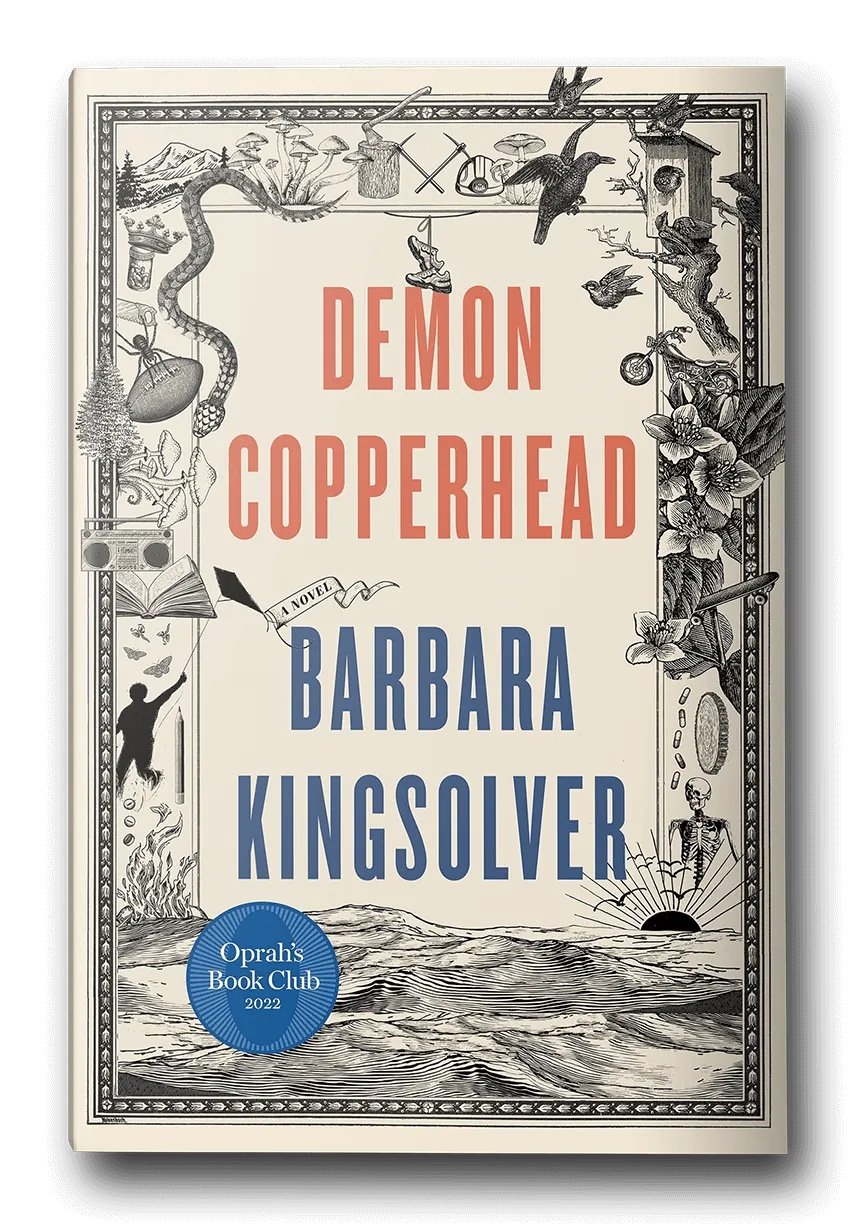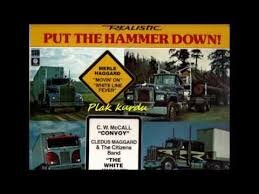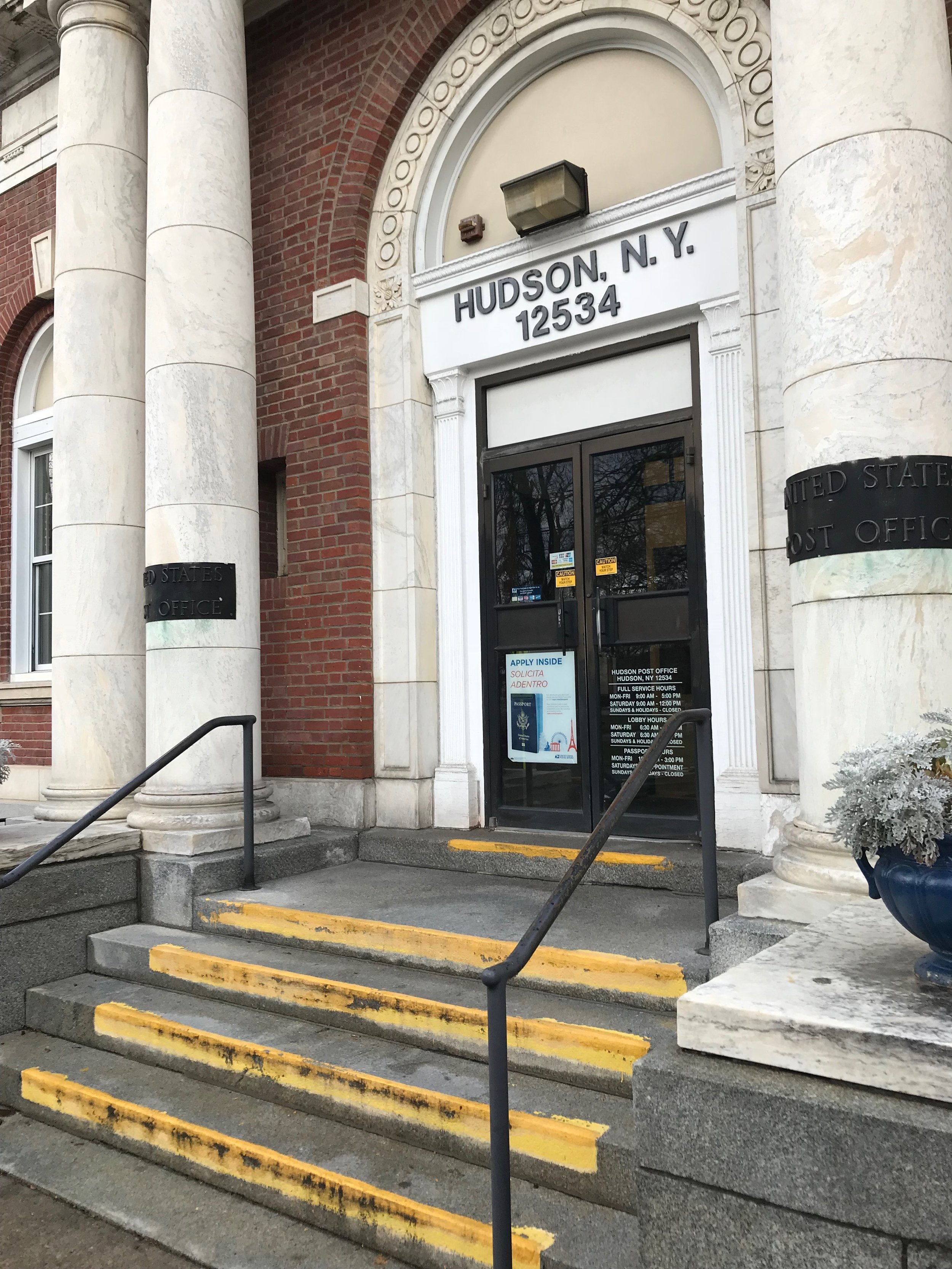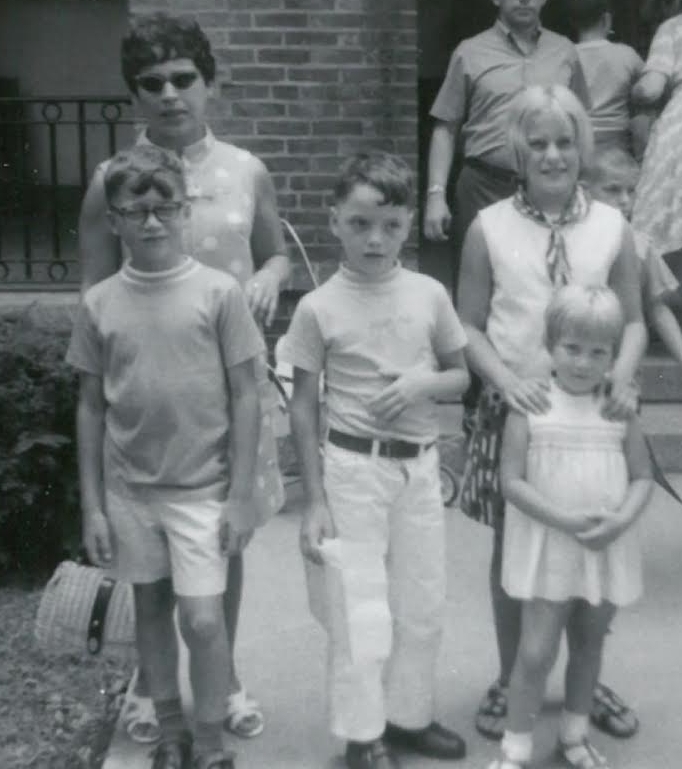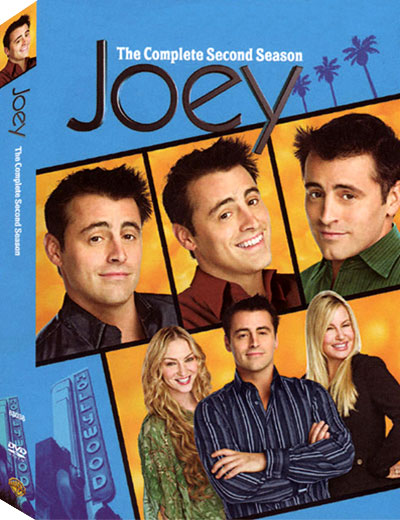Demon and Me
It isn’t often you see yourself in a great novel but I did recently reading “Demon Copperhead” by Barbara Kingsolver. Spoiler alert: The title character, a high school football player, hurts his knee in a game and the injury changes his life. This happened to me.
I was running with the football. I tried to spin away from a tackler. I spun but my left foot didn’t; it was locked in mud. A few days later I had surgery for torn cartilage in my knee.
The post-op pain was constant, like someone had a vise on my shin and kept tightening it. I thought this was normal after knee surgery; I’d seen my dad fight through the agony of multiple knee operations.
A week after the surgery, I went to the surgeon for a checkup. He told me fluid had built up around my knee and he would have to drain it by sticking a needle in the joint. When he did, the syringe filled with reddish fluid that looked like ginger ale. The procedure was awful but it worked. In an instant, the pain was gone.
But the heinous fluid came back and so did the pain. Soon, I was back in the doctor’s office. A teenager I knew was also getting his knee drained. He fainted during the procedure and as he passed me in the waiting room, his face was the color of alabaster.
This freaked me out but I was willing to do anything to make the pain go away. I knew another “draining” would provide relief. Only this time, the needle scraped my kneecap. The pain was at a level I had never experienced. I sobbed. I was 17. Was the rest of my life going to be like this?
I got off the table, put my leg brace on and went back to school. In English class, we were reading “Flowers for Algernon,” about a mentally disabled man, Charlie, who temporarily becomes a genius after experimental surgery. A friend said to the class, “Hey, Shef is like Charlie. Shef, are you smart now after surgery?” The class laughed. I didn’t.
I was frustrated by my helplessness. One day I decided to walk home from school on my crutches instead of having my mom pick me up in her car. It was less than a mile. Halfway through my journey, it started pouring rain. I got drenched. This was the low point.
When the brace came off for good, my leg was a sorry sight, withered and ashen. But my spirits were lifted by the thought of playing baseball in the spring. I hoped for an athletic rebirth and feverishly worked out all winter in the high school weight room.
By the time baseball season came, the knee was no better. A catcher with a one good knee is as worthless as a stool with two legs. The coach stuck me in right field, unfamiliar real estate. When I limped and played badly, he rightfully put me on the bench.
The pain persisted until my sophomore year in college, when a different orthopedic surgeon told me that not only had I torn cartilage in the football game, I had also torn my anterior cruciate ligament, which holds the knee together. The doctor did reconstructive surgery, put me in a full-leg cast for two months and left me with a long S-shaped scar on the knee that to this day scares children at the beach.
But it worked. Side to side, I was still as wobbly as a cheap card table, but I could do “straight-ahead” activities such as running and cycling. Importantly, the pain disappeared. Since then, I have run marathons and cycled tens of thousands of miles.
Like Demon, something that happened in a flash – maybe five seconds – changed me for life. His injury trapped him; mine set me free. It forced me to explore the world beyond sports. I fell in love with learning and the humanities. In my story, a knee injury might have been one of the best things to ever happen to me.

